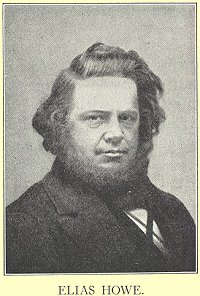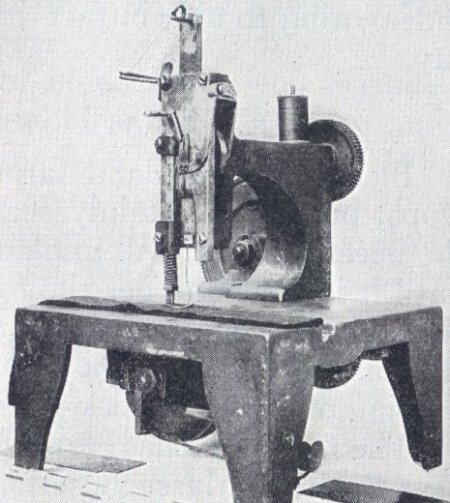Honor the Dream
Today, our guest, the Rev. John Price, looks at our dreams. The University of Houston presents this series about the machines that make our civilization run, and the people whose ingenuity created them.
I'm fascinated with the tagline to this series: "...we're interested in the way inventive minds work." I'm interested since I teach and guide people in dream analysis. Dreams serve such serious functions if you can just get through the truly inventive metaphors that the unconscious mind uses to explore the issues in one's life. It's generally regarded in the field that some ninety percent of the figures in our dreams are metaphors for some portion of ourselves, or an issue we're working on.
There are some general guidelines: nightmares are simply dreams you've interrupted out of fright before you got to the appropriate resolution of the dream. A recurring dream is one deal-ing with an issue you haven't resolved yet. A dream in color is one saying "this is important: pay attention!"
Advances in industry and science have often come from someone paying attention to a dream. Einstein said his entire career was an extended meditation on a dream he had as a teenager. He dreamt that he was riding a sled down a steep, snowy slope and, as he ap-proached the speed of light in his dream, the colors all blended into one. He spent much of his career, inspired by that dream, thinking about what happens at the speed of light.

Elias Howe was one of several people who worked independently to invent a sewing machine. Howe went to sleep late one night, after working desperately on the problem, and had the following dream: that the natives, in a jungle, threw him into a large stew-pot. He was trying frantically to get out while the natives poked at him with their spears. Later in the day, as he thought about the dream, he realized that all the spears had holes in the point!
And that solved the problem because, 'til then, the paradigm for a sewing needle was a hand-held one with the hole as the last part to go thru the cloth. But the machine needed the thread to go through first, to work.
Francis Crick and James Watson won the Nobel Prize for con-ceiving of the DNA double helix. I've heard that, for Watson, the insight came from a dream of two snakes intertwining in an ascending helix. If so, it's ironic, because Crick later wrote a book denigrating dreams as worthless -- stating that they only deal with the detritus of the previous day. Oddly, his assumption was correct, but his conclusion was off: dreams do deal with the detritus of the previous day, trying to make sense of it. All dreams work to integrate the fragments of our psyches -- to make us whole.
If you say you don't dream, it's because you don't honor your dreams. Write in a journal before bed, and leave it open to the next page with a pen and soft light to capture the dreams when you wake up. Program yourself to wake up earlier than you need to, so you can capture the dream, before you lose them in the chatty news broadcast that follows. Later in the day you can think about the symbols and sort them out.
I'm John Price and, as a spiritual director, I help folks explore how dreams guide their inventive minds to make them whole.
(Theme music)
L. M. Savary, S. K. Williams, and P. U. Berne, Dreams and Spiritual Growth. New York: Paulist Press, 1984.
J. Taylor, Dreamwork. New York: Paulist Press, 1984.
The Rev. John W. Price, was an Episcopal priest and Chaplain at St. Luke's Episcopal Hospital. He was also Assisting priest at Palmer Memorial Church, Houston, Texas.
The Elias Howe dream story is told in A Popular History of American Invention. (Waldemar Kaempffert, ed.) Vol II, NewyYork Scribner's Sons, 1924, pg. 385.
Three other tales about dreams and invention: the benzene molecule, the circular saw, and the novel Frankenstein. See:
Benzene: Episode 285
Circular saw: Episode 845
Frankenstein: Episode 853
